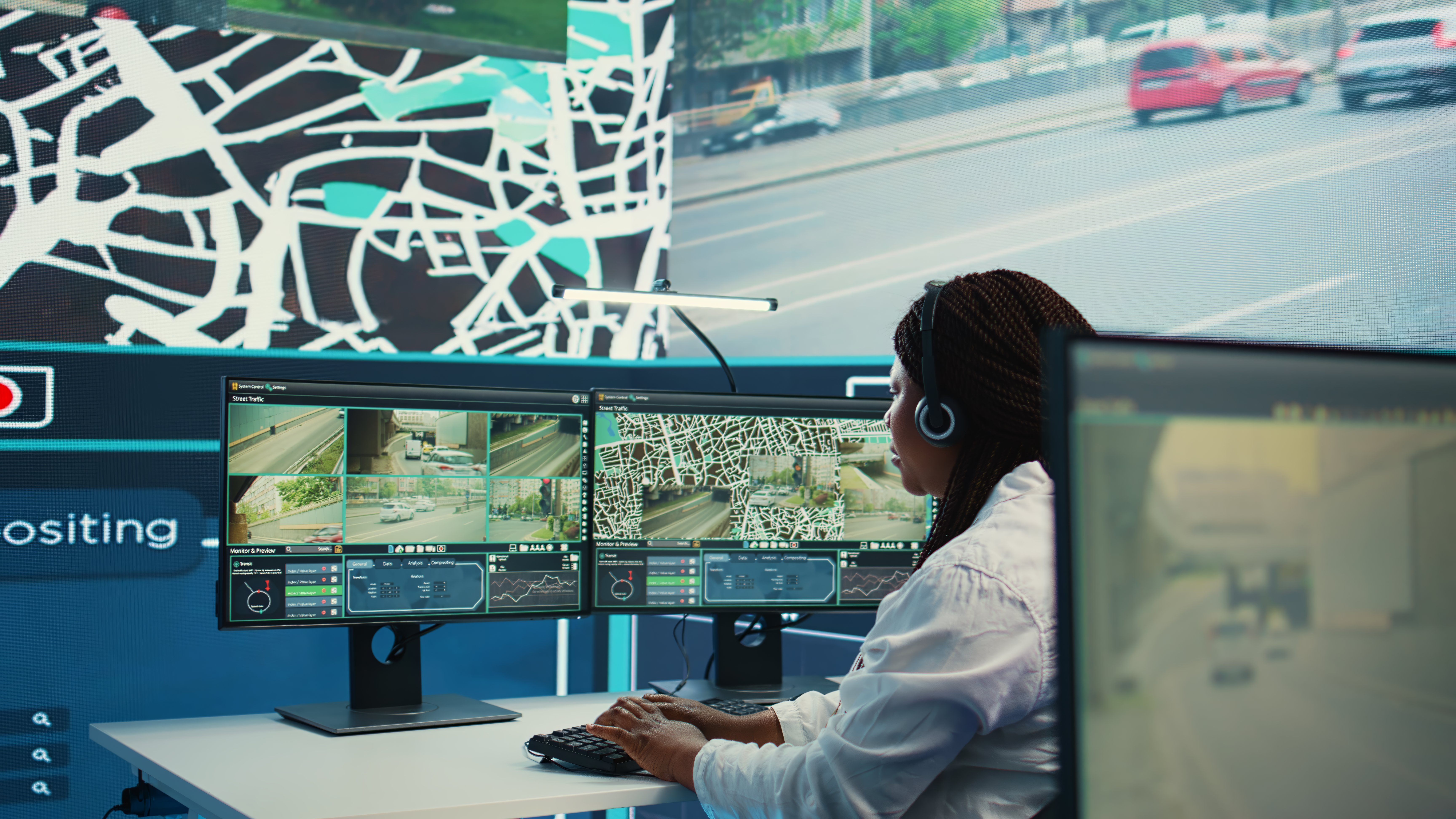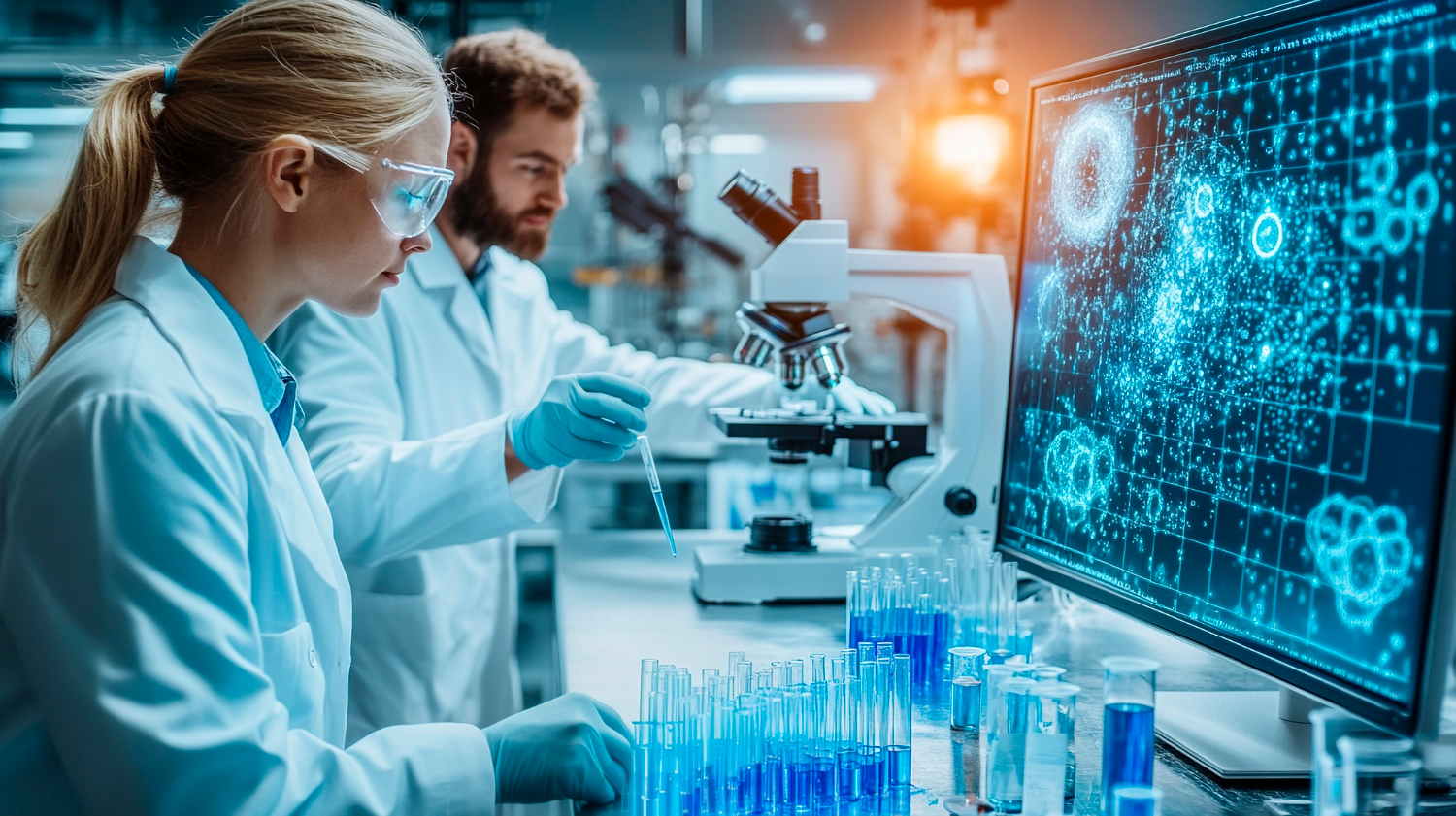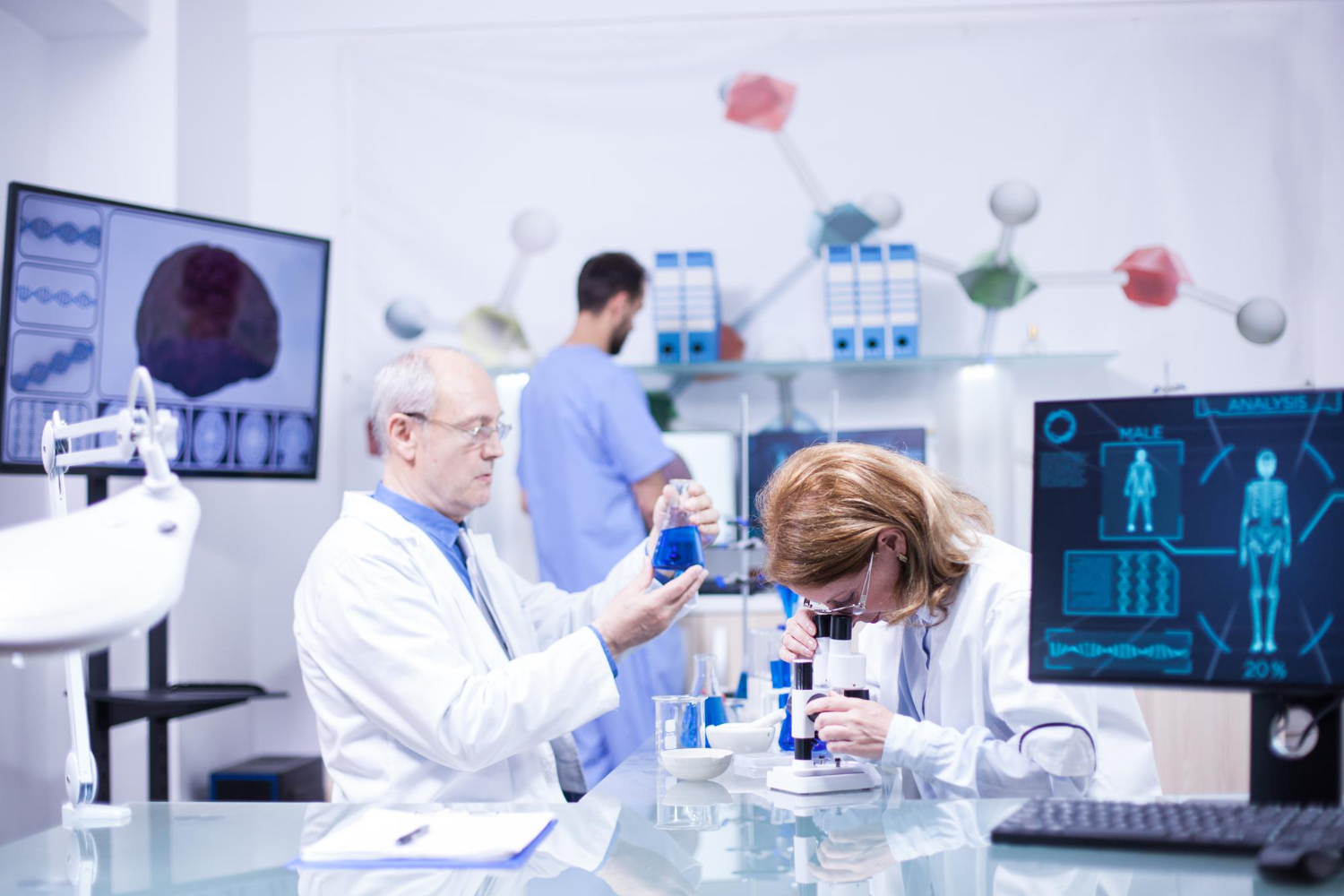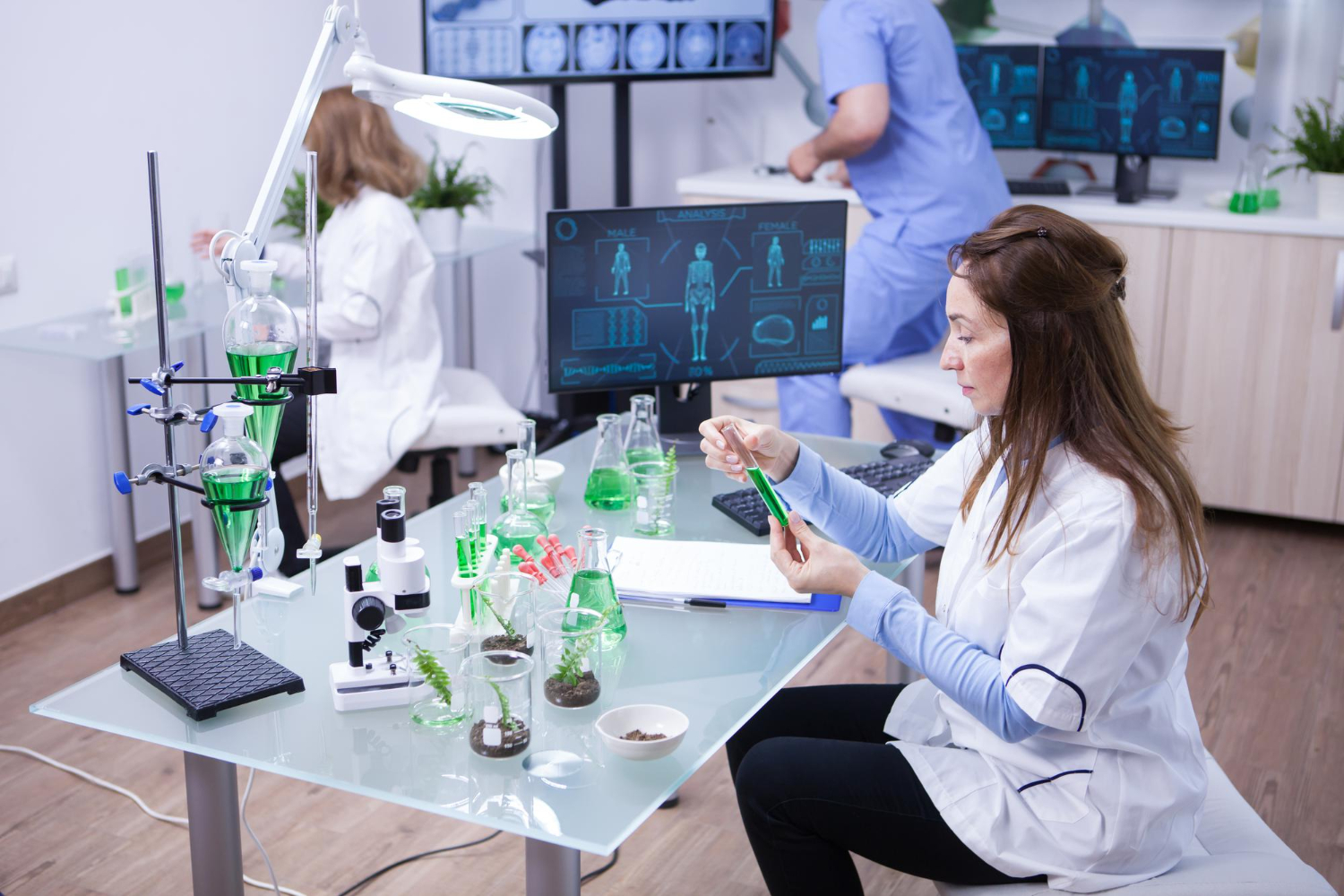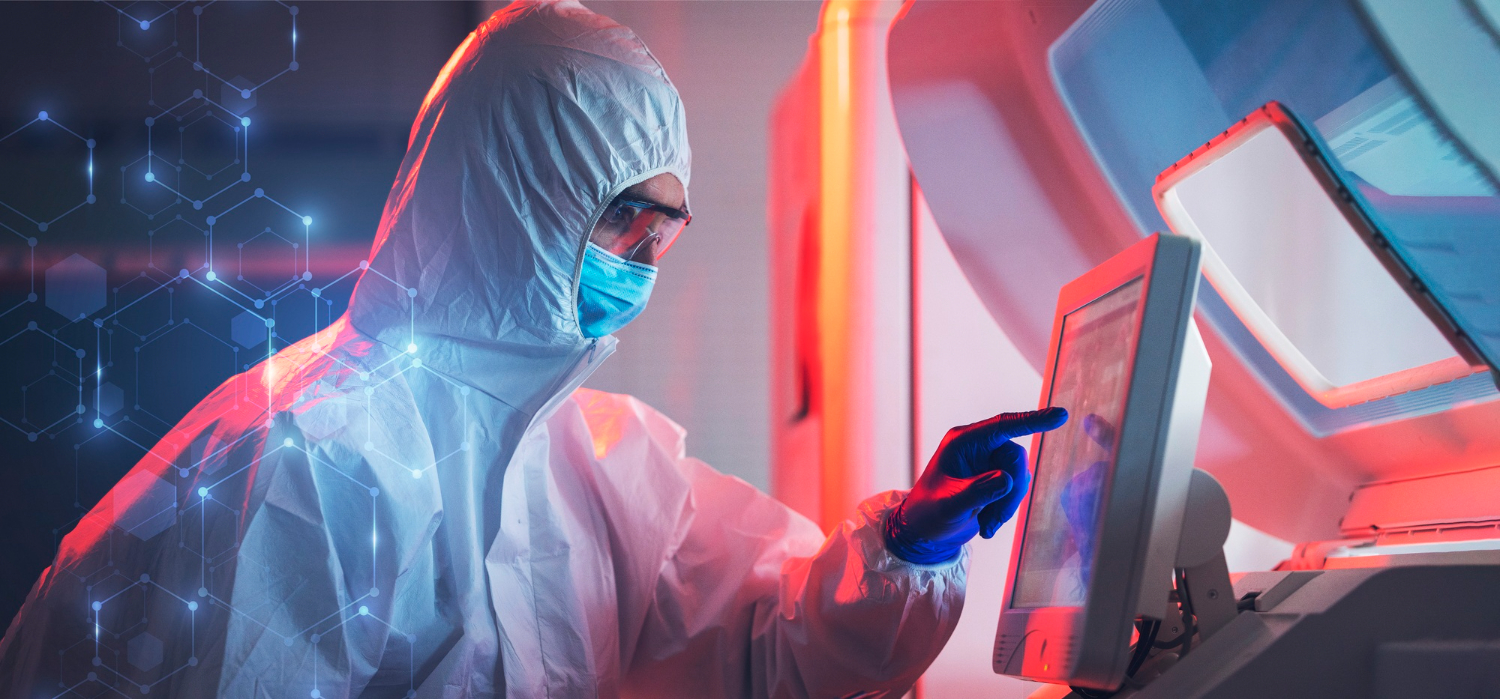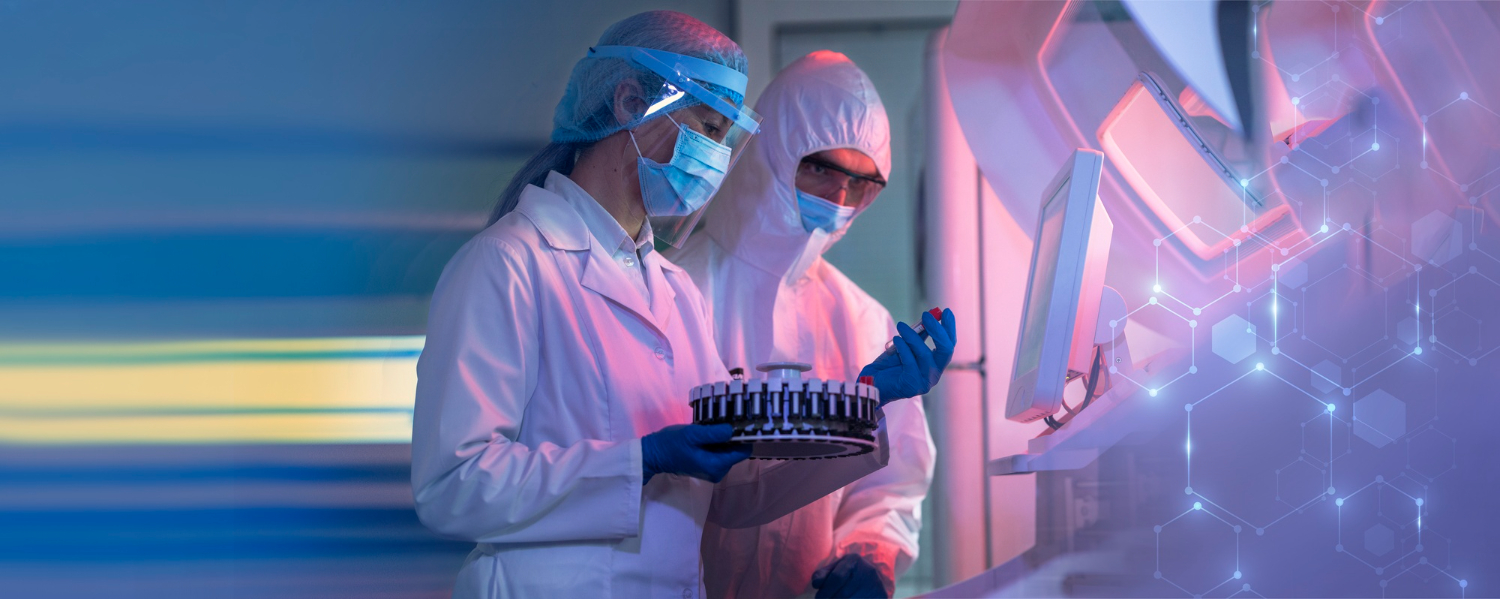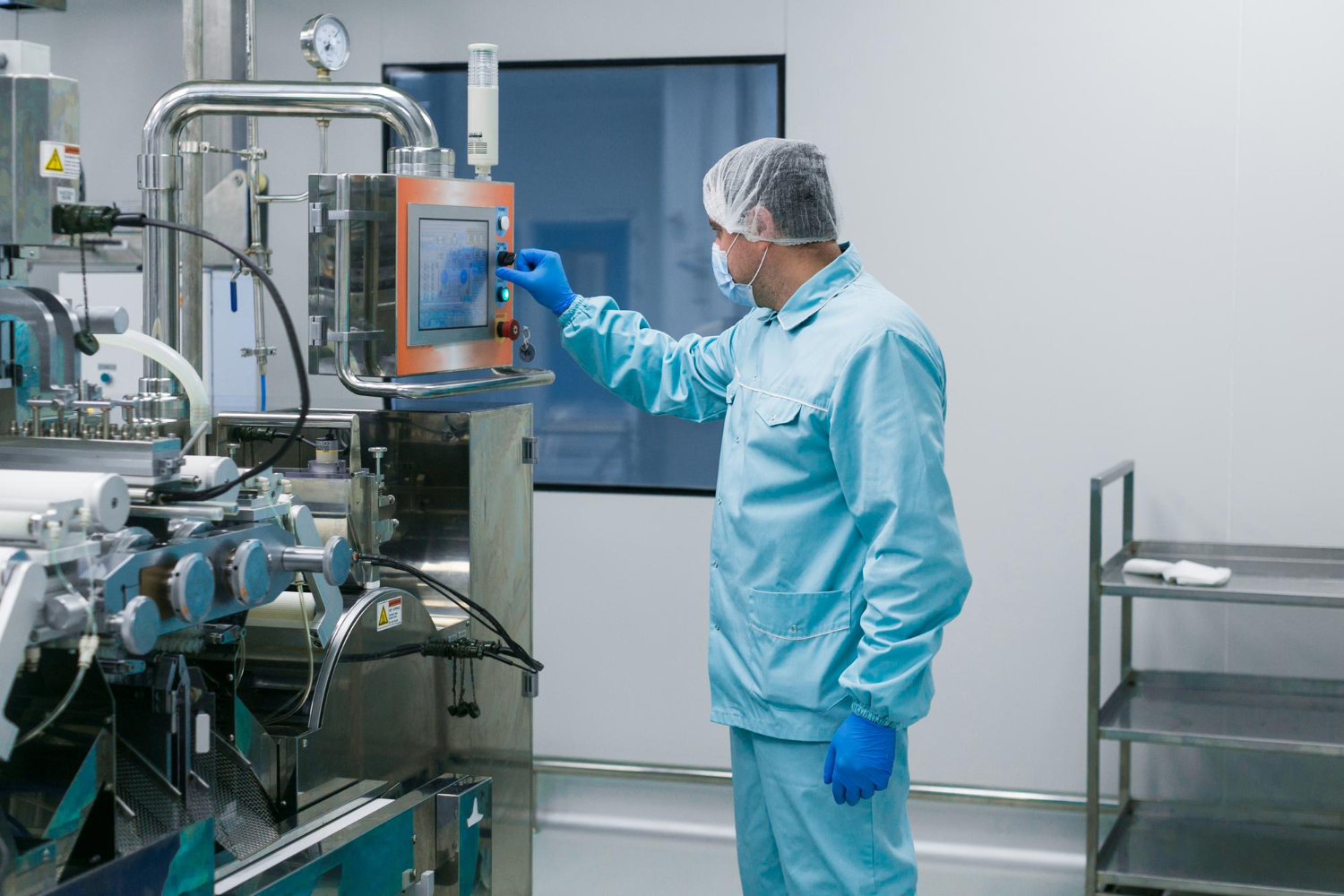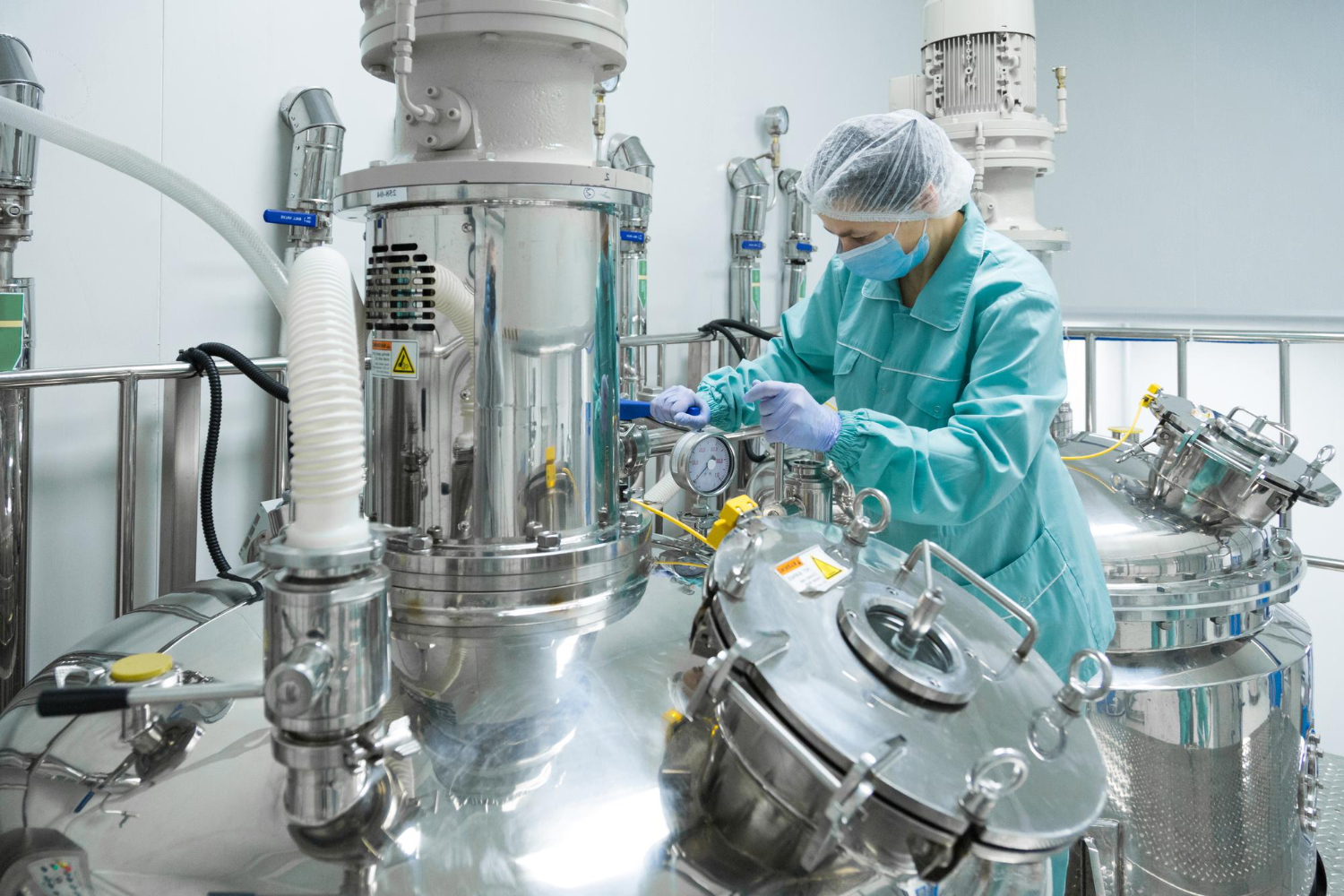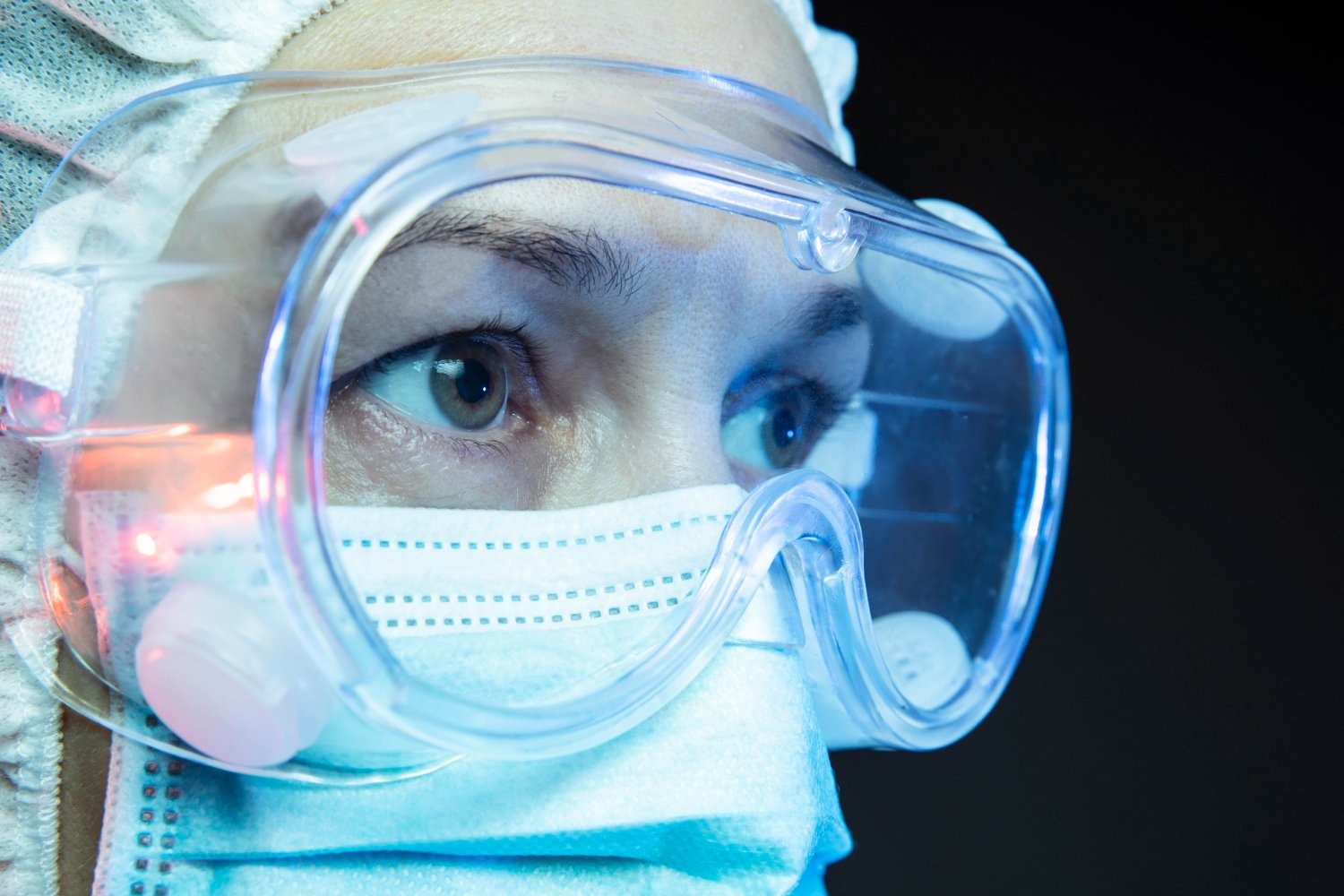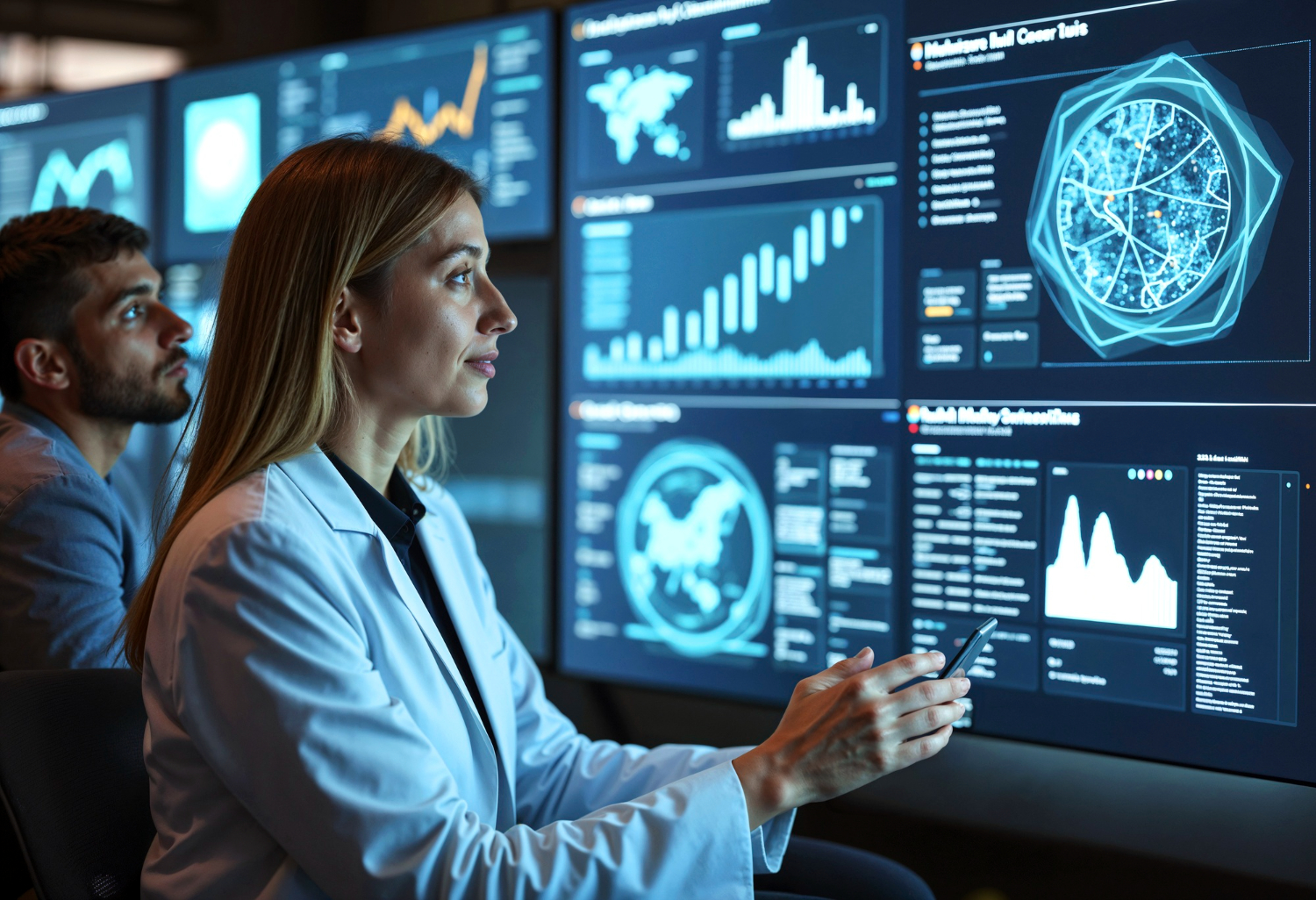Introduction to Real-Time Computer Vision
Computer vision enables machines to understand and process visuals. When applied in real time, this technology can process live data as it happens. Real-time computer vision for live streaming helps systems make decisions fast. From recognising faces to detecting movement, the technology keeps pace with live video feeds.
Computer vision works by breaking down image or video input into smaller parts. These parts go through various computer vision tasks such as object detection and classification. The result is a system that understands what it sees, frame by frame. This ability becomes even more important in fast-paced settings like live sports, security, or medical imaging.
A Brief History of Computer Vision
The history of computer vision goes back to the 1960s. Researchers first trained computers to interpret simple digital images. As hardware and algorithms improved, so did accuracy.
Early systems could only perform basic edge detection. Over time, better machine learning and more powerful processors allowed deeper image analysis.
In the 2000s, computer vision systems began to use convolutional neural networks (CNNs). These networks mimic how the human brain sees patterns. They can classify objects and detect movement in both still and moving images.
Today, deep learning models are the standard. They process vast amounts of image or video data fast.
With the help of AI, modern computer vision enables tasks that once seemed impossible. It supports everything from automatic face tagging in social media to real-time object tracking in drones. The shift to live streaming has pushed the need for fast and accurate analysis even further.
Read more: Fundamentals of Computer Vision: A Beginner’s Guide
How Computer Vision Works in Live Streams
In a live stream, video frames pass through the system at high speed. The goal is to analyse each frame before the next one appears. A typical setup includes a camera, a processing unit, and software built with machine learning models.
Image processing is the first step. It prepares each frame by cleaning noise, adjusting brightness, or sharpening edges. This improves the accuracy of later steps. Once cleaned, the frame goes into the deep learning model.
The deep learning model performs object detection or recognition. Using CNNs, it classifies objects, finds patterns, and highlights regions of interest. Optical character recognition (OCR) may also run if text is present in the frame. This part extracts and reads letters or numbers in real time.
Output from these tasks supports many applications. In sports, the system might track a ball. In medical imaging, it may highlight a tumour.
In security, it might detect unauthorised access. All of this happens with minimal delay.
Read more: Machine Vision vs Computer Vision: Key Differences
Key Technologies Behind Real-Time Computer Vision
The most common deep learning models used in this space are CNNs. These networks process pixels using layers.
Each layer identifies a specific feature. Early layers catch edges or corners. Deeper layers recognise full shapes or objects.
Training these models requires large data sets. These include thousands of labelled images. The model uses this data to learn what specific objects look like. Once trained, the model can perform tasks like object detection or classification.
OCR works on a similar idea. It converts images with text into readable data. For example, during a live stream, OCR can identify license plates or names on jerseys. This turns visual information into usable text instantly.
Other parts of the system include preprocessing tools and hardware. Graphics processing units (GPUs) often help speed up calculations. Fast memory and storage systems also support smooth processing.
Applications in Different Industries
In healthcare, real-time computer vision supports fast diagnostics. A medical imaging tool might scan a live ultrasound feed. It highlights unusual patterns or shapes. This helps doctors focus faster and act sooner.
In sports, the system can follow the ball or players. It gives real-time statistics or alerts. This enhances viewer experience and provides deeper analysis.
In retail, camera feeds help monitor shop floors. The system identifies empty shelves or unusual movement. This supports inventory control and reduces theft.
In transport, real-time video helps manage traffic. It detects cars, people, and obstacles. This supports autonomous driving and traffic planning.
In security, the system scans live feeds for threats. It can flag intrusions or unattended bags. Faster alerts mean quicker response times.
Read more: Computer Vision In Media And Entertainment
Real-Time Video and Streaming Challenges
Live streaming adds extra pressure. The system must process frames as they come. Even a one-second delay can reduce usefulness.
For example, a security camera feed must show real-time events. Any delay risks missing important details.
Another challenge is hardware limitation. Not all devices can process video at high speed. Mobile phones or older systems might struggle.
Developers must balance quality and speed. Reducing frame size helps speed up processing. But this can lower accuracy.
Data storage is also an issue. Real-time systems handle a lot of information. This needs efficient storage or fast disposal. Streaming means data moves constantly, which puts more pressure on the network.
Privacy is another concern. Real-time computer vision often uses cameras in public or private places. This raises questions about data use and consent. Systems must follow rules to protect user information.
Benefits of Real-Time Computer Vision in Streaming
The biggest benefit is speed. Systems respond instantly to what they see. This makes them useful in fast-changing environments.
They also reduce human workload. Instead of watching hours of footage, staff can focus only on flagged events. This improves efficiency.
Another benefit is accuracy. Deep learning models do not get tired. They can scan thousands of frames without losing focus. This improves results over manual checking.
Computer vision enables tasks that are hard for people. It can spot small changes in images or process text quickly. These tools support professionals in medicine, law enforcement, and transport.
Finally, real-time systems are scalable. One setup can cover many cameras or locations. This makes them ideal for large organisations.
Read more: Computer Vision and Image Understanding
Real-Time Capabilities with Edge Computing
Edge computing adds new strength to real-time computer vision. It moves the processing closer to the video source. Instead of sending every frame to a distant server, the system handles it nearby. This means faster response times and lower delay.
For live streaming, this shift is useful. Cameras can include built-in chips for processing. These chips can run machine learning models on the device itself. As a result, the system classifies objects, tracks movement, or reads text without waiting.
This setup is good for areas with weak internet. Even if the network is slow, the system still works. It also improves privacy. Data stays on-site and does not need to travel.
In places like airports or warehouses, edge computing supports real-time tasks. It helps detect faces, check labels, or monitor people. These actions happen quickly and with fewer errors.
The mix of edge computing and visual analysis is useful in traffic systems too. Cameras monitor roads and detect problems on the spot. They count vehicles, track speed, and alert for issues. All of this helps cities run better.
More devices now include this power. From phones to drones, real-time image processing is built in. These changes make visual tools faster, safer, and more useful. As edge chips improve, we will see more smart systems that act without delay.
Real-Time Vision with Data Compression
Data compression also plays an important role in real-time computer vision. When video is streamed live, the system must handle a large flow of images. Without compression, this flow could slow everything down. Compression reduces the file size but keeps important details.
This process makes it easier to send video across networks. It also helps with storage. Systems can keep more footage without needing extra space.
But compression must be smart. If it removes too much detail, the system may miss objects or misread text.
Modern compression tools focus on key parts of each image. They keep faces, signs, and motion sharp. At the same time, they reduce background size and remove static parts. This allows deep learning models to work with clean data and make better choices.
In real-time computer vision, every frame counts. Even a small delay can affect the result. With compression, the system handles more data in less time. This is useful in sports, medical tools, and transport systems.
Streaming platforms also use compression to keep video smooth. It lets computer vision tasks like object detection or tracking run without freezing. Combined with edge processing, it keeps systems fast and reliable under pressure.
Read more: Computer Vision in Smart Video Surveillance powered by AI
Future of Real-Time Vision in Streaming
The future will see better models and faster systems. CNNs and other deep learning models will improve. Training data will grow larger and more diverse.
Systems will also become easier to use. More platforms will offer tools for live vision. This includes plug-and-play modules for existing setups.
Integration with edge computing will also rise. Instead of sending data to a cloud, processing happens on the device. This reduces delay and improves privacy.
Smart cities may use real-time computer vision for traffic and safety. Healthcare may use it for remote surgery. Education might use it for interactive learning. The range of uses will expand.
How TechnoLynx Can Help
TechnoLynx builds real-time computer vision solutions for live streaming. Our team works with clients to design custom systems for their needs.
We use deep learning models, CNNs, and OCR to build accurate, fast tools. Our solutions run on low-latency hardware for best results. We also support integration with existing software.
Whether you need object detection, text reading, or real-time tracking, we can build a solution. TechnoLynx makes visual data work for you, without delays or noise.
Get in touch with TechnoLynx to improve your live video processing and analysis using modern computer vision systems!
Image credits: Freepik

